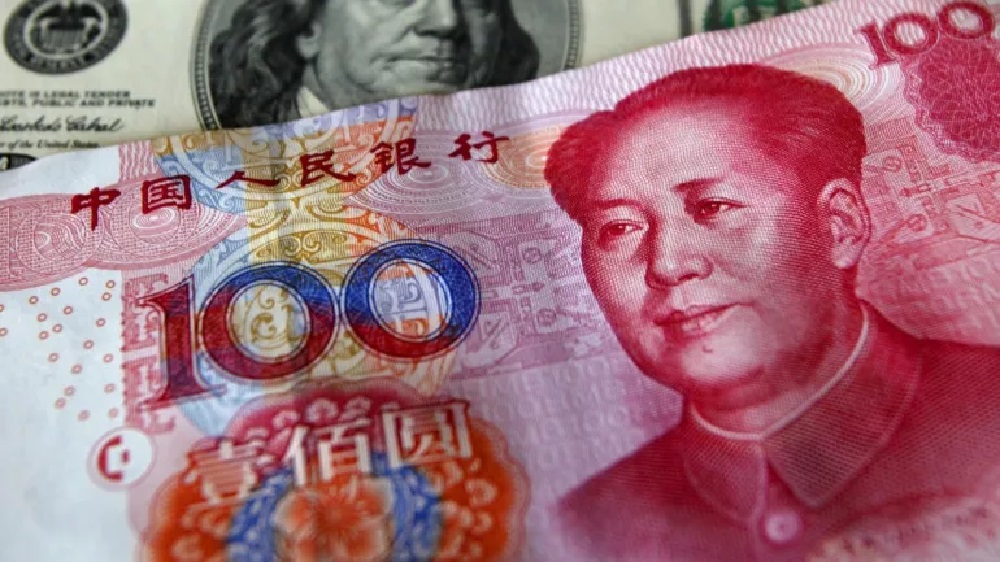Watan-The Chinese Yuan (also known as Renminbi) is the currency of the world’s second-largest economy. In 2024, China’s GDP reached 134.91 trillion Yuan ($18.8 trillion), maintaining its position as the world’s second-largest economy behind the United States.
China is known as the “world’s factory,” with the industrial sector contributing 30.1% of its GDP, followed by wholesale and retail (10.2%) and finance (7.3%), according to Statista. The Yuan has strengthened against the dollar, prompting China to devalue it several times in 2015, part of the country’s market reforms.
This tension reignited with President Trump’s return to office and his trade war policies against major global economies. As in the past, China responded by devaluing the Yuan.
Yuan vs. Renminbi
The terms Yuan (CNY) and Renminbi (RMB) are often used interchangeably. The Yuan is the unit of the currency, while Renminbi is the official name, meaning “people’s currency.” The distinction is similar to how the term “dollar” is used for the U.S. currency.

History of the Yuan
The Yuan has its roots in ancient China. The currency was first introduced in 1889, inspired by the Spanish Peso. By 1949, after the Chinese Revolution, the People’s Bank of China introduced the Renminbi.
The Yuan’s Global Role
In 2015, the International Monetary Fund recognized the Yuan as a global reserve currency, acknowledging China’s financial rise. The Yuan has since competed with the dollar, especially with China seeking to elevate the Yuan as a global alternative.
The Yuan-Dollar Conflict
From 1997 to 2005, China kept the Yuan at a fixed exchange rate of 8.3 to the dollar, leading to U.S. accusations of currency manipulation. In 2005, China allowed the Yuan to float, leading to tensions with the U.S. Congress over trade imbalances.
The trade war, sparked in 2018, saw the U.S. impose tariffs on Chinese goods, accusing China of currency manipulation. China retaliated by devaluing the Yuan, further escalating tensions.
The Yuan’s Future and Challenges
China’s efforts to internationalize the Yuan continue, including promoting its use in global trade and digitalizing the currency. However, challenges remain, such as the Yuan’s limited convertibility and the dominance of the U.S. dollar in global trade.
Geopolitical tensions and fluctuating exchange rates also pose risks to the Yuan’s stability and its future as a global currency. Despite these challenges, China continues to push for greater use of the Yuan in international markets, aiming to secure its role as a key global currency.
